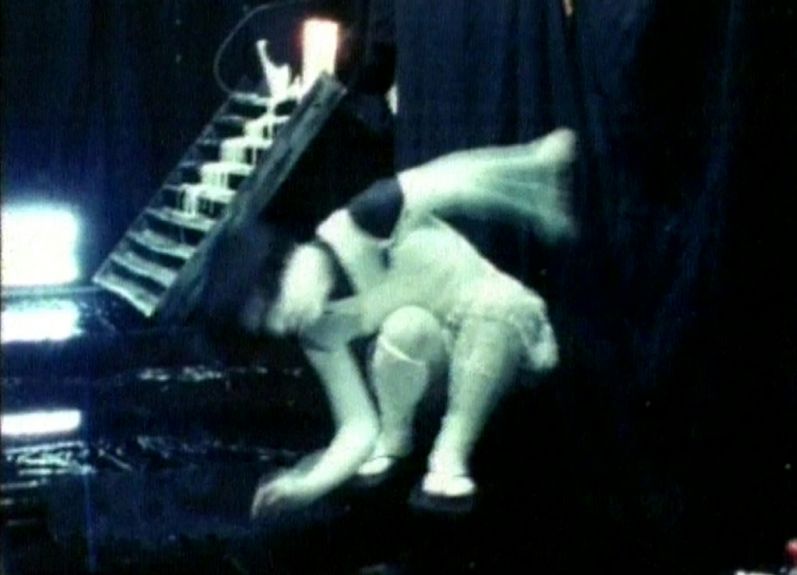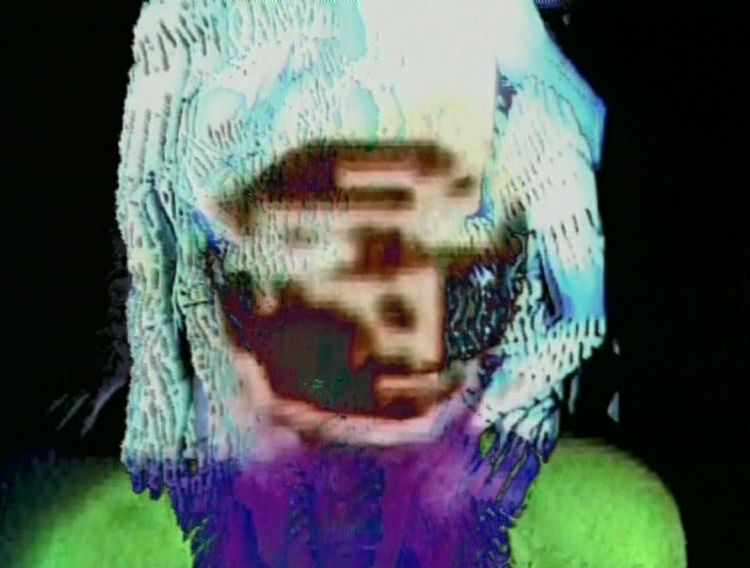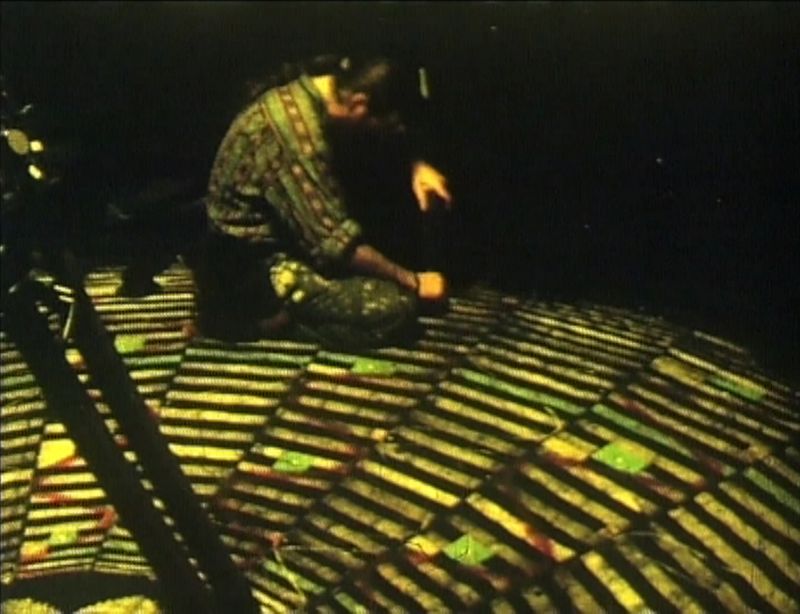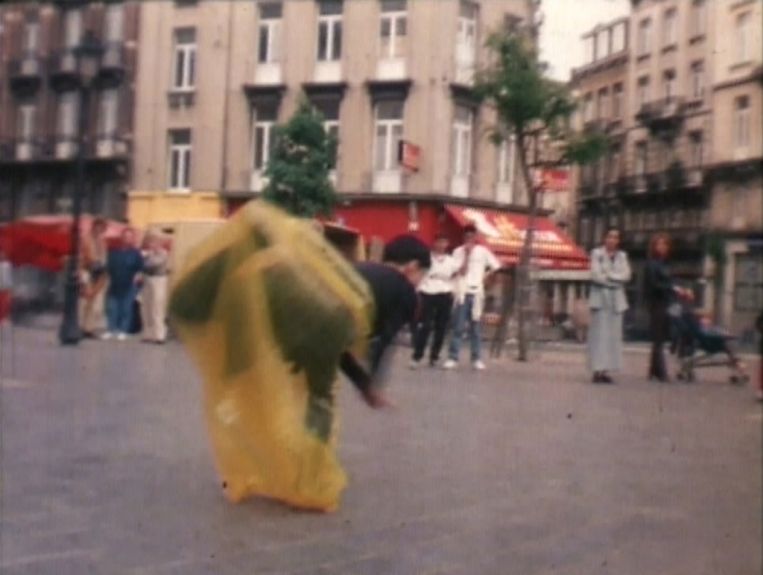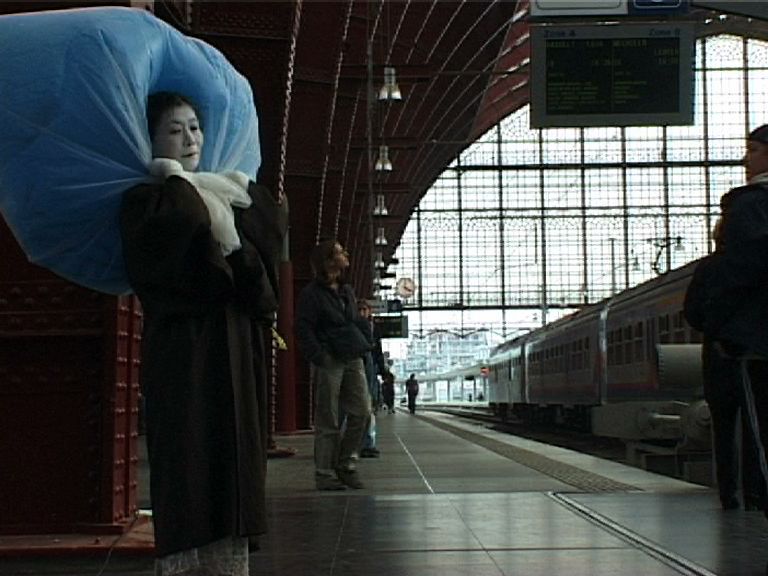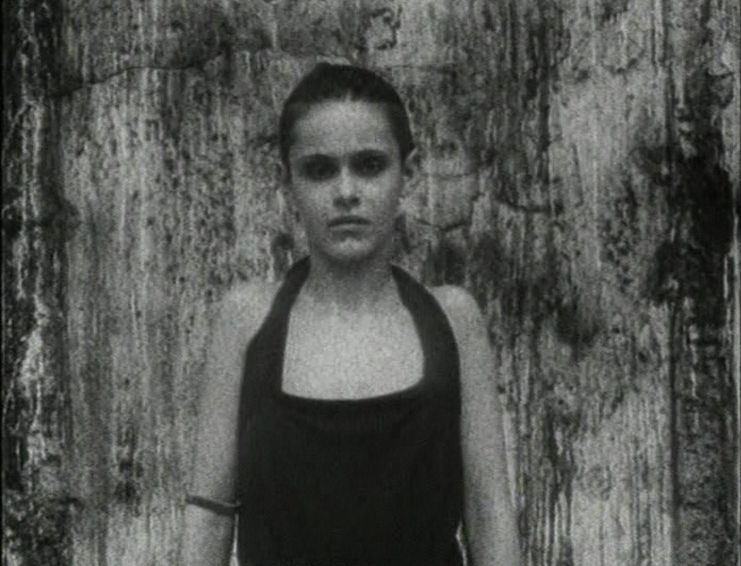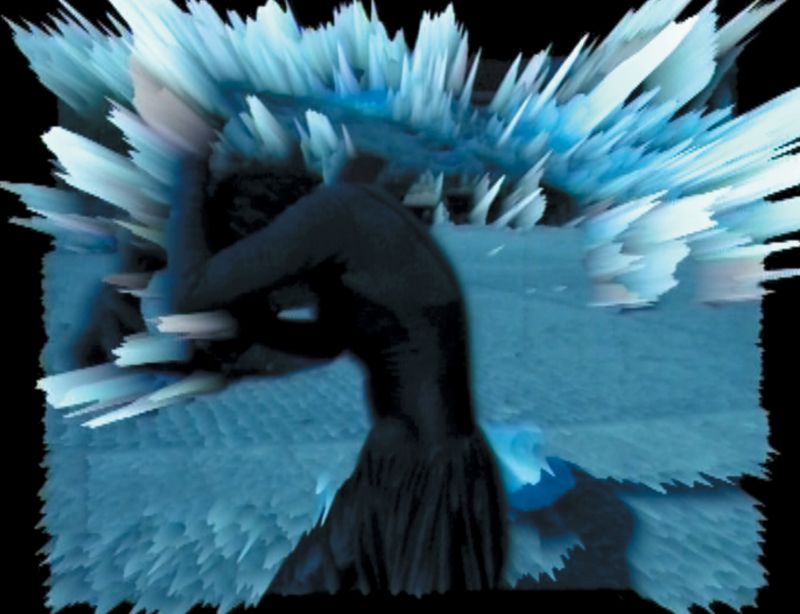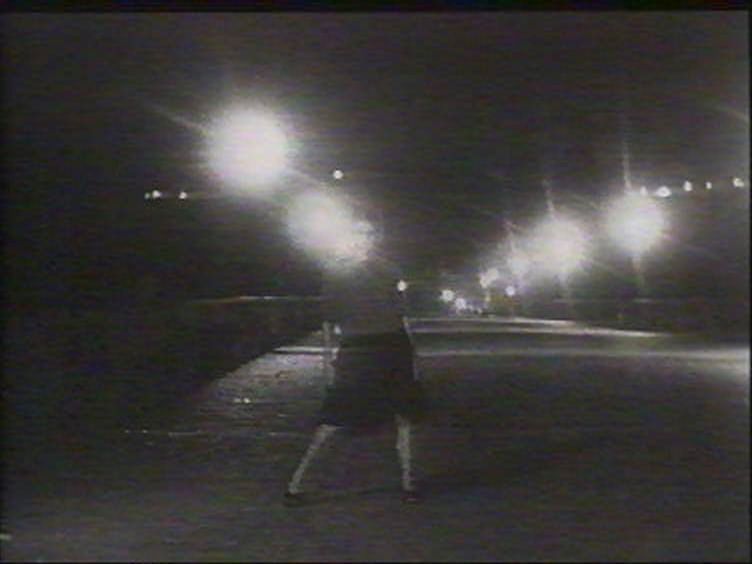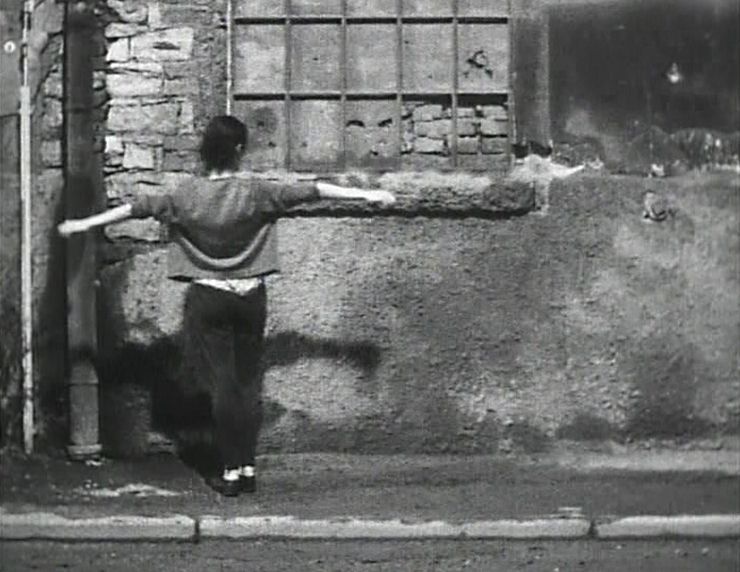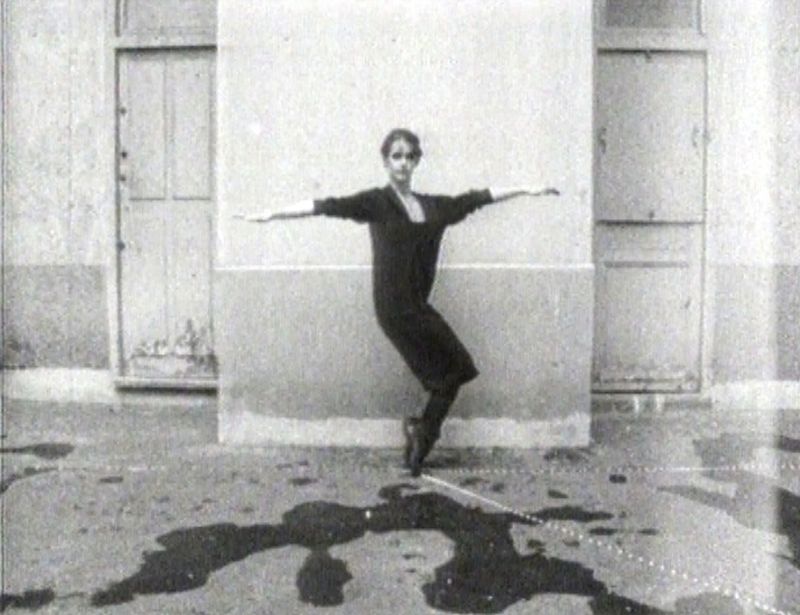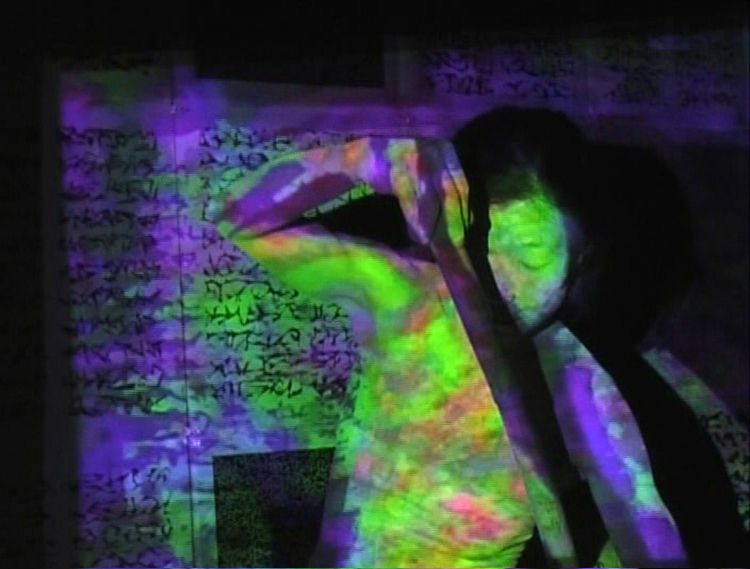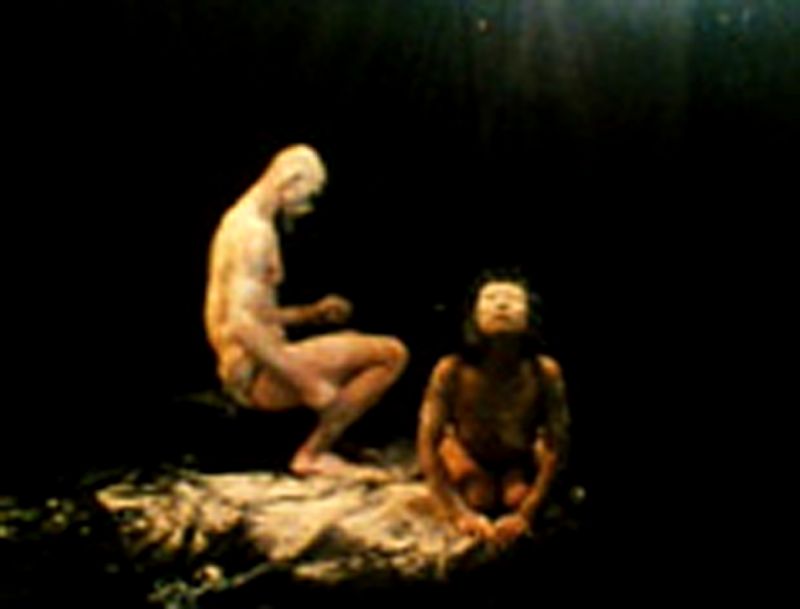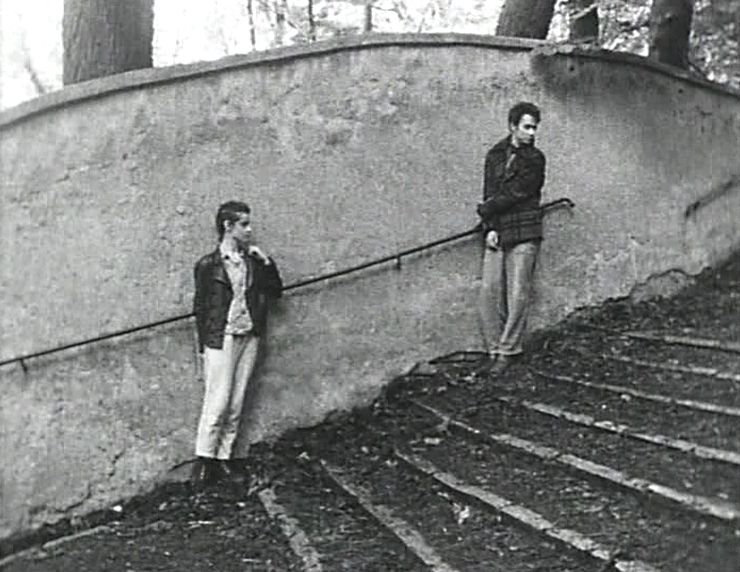Baes, Pascal
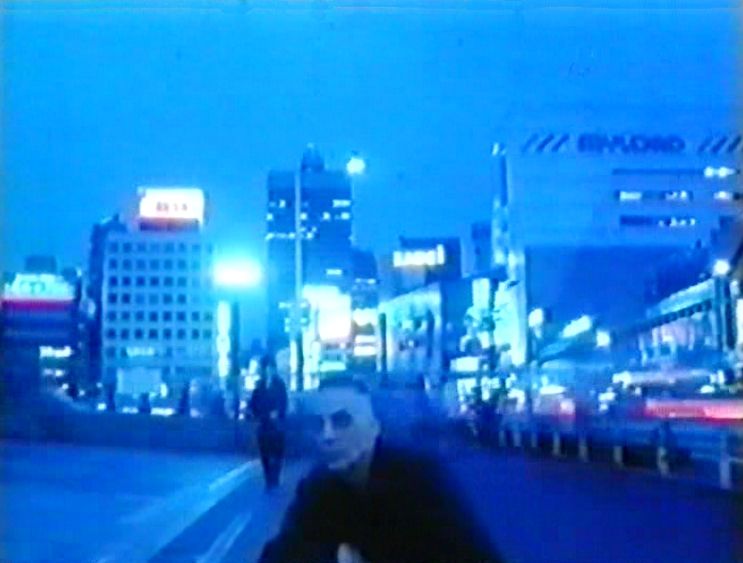
1959 Nice (France). Lives and works in Brussels.
In 1985, after his training in biology, painting and photography, Pascal Baes decides to focus his attention on cinema. He experiments extensively with the use of the stop-motion technique and specializes in image-by-image animation. By filming all frames separately, he makes use of long ‘exposures’ and slow ‘shutter speeds’. Whilst freezing movement and reanimation, he creates the Staccato-Effect, (closely related to the pixilation techniques of animation film), which has over the years become his trademark. His technique is noticed within the world of advertising, where he creates commercials for major brands such as Air Nike (’Stairs’, 1990), the Paramount Hotel in New York (1991-1992), Schweppes (1994) Dockers (1995) and many more. In 1995 he begins to look for an appropriate feeding ground to further develop his experiments, a feeling of freedom and openness that he ultimately finds in Brussels. For ‘Kronotone’ (1997), his first installation project at Argos, he experimentes with the use of the phenakistoscope (a predecessor to cinema), as a deliberate reference to the preliminary sketches of the cinematographic image. Baes often makes use of complex algorithms and computer models and effects. Thematically as well as philosophically, he refers to the cinematic avant-garde of the 1920s and 1930s and the innovative experiments of Étienne-Jules Marey, George Demenÿ and Marcel Duchamp. Earlier films like ‘46Bis, rue de Belleville’ (1988) and ‘Topic I & II’ (1990), in which he collaborates with dancers, are also related to the early avant-garde film. At that time, film was considered to be a medium which could liberate painting from the static limitations of the surface by means of "dance like picture motion", whereas Baes attempts to further extract the relationship between movement, image and time in cinematographic forms running parallel to our contemporary rhythm of life and our perception. In his "dance films" dancing itself is released from its limitations, which are inherent to the stage, and recorded as a paradoxical experience, creating an optical illusion of movement with simultaneously unmoving bodies. In ‘Topic II’ (1989), for instance, it’s as if the dancers are floating through the streets and alleys of Prague in a dream, meanwhile simultaneously assuming various poses. Here Baes generates a "reanimation" of the body, a choreography of lifeless puppets, controlled by the camera. Making use of the stop-motion technique, his idiom (“La Pose Longue”), balances on the dividing line between synthetic grace and analytic (de)composition. It’s an aesthetic that fits smoothly into the lyrical-surrealistic dance film tradition of Maya Deren’s ’Rituals in Transfigured time’ - a self-willed "dance mécanique" arising from research of the visible as well as from the registration of the invisible. In consecutive films like ‘Random Walk’ (1989) and ‘Non-Lieux’ (2000), Baes points his camera more on himself and especially his life companion Aï Suzuki, in wordless performances aiming for an uprooting and a deconstruction of space and time. The film medium increasingly turns into an extension and a fulfilment of his own personality. This is particularly clear in ‘Tsumi (the Mis-Step)’ (1993), an autobiographical and intimate portrait, which does not steer clear from sexual taboos; on the contrary, they are passionately embraced. Baes combines the primitive force of Francis Bacon with the mysticism of 19th century Japanese ghost stories and the ideas of Bataille: a preference for melancholy, fear, eroticism and ecstasy – which Bataille designated as the "heterogeneous"- but as the realization of "discontinuity" and inevitably, pining after lost continuity. Whereas choreography had formerly constituted an important starting point to the cinematic process, the tension carried by the content of Baes’ more recent work seems to depend for a larger part on the technical process and a broader investigation into ecstasy. The body, detached, often disfigured, still takes a central place, but graphically he also draws his inspiration, among other things, from Tibetan mandalas and organic microsystems and he drenches his visual language in industrial noise, intense and almost visceral. Science and mysticism meet. Even though he obstinately avoids the label of "scientist" math, microbiology and physics continue to take up a prominent role in his work. ’HF Remix’ (2002), for instance, is a mathematical reprocessing of fragments from his old 16mm films, subjected to complex algorithms and processed image-by-image with the "Height Field"-effect. In ‘FeedBlackJect’ (2003) the same technique is applied to an experiment with video feedback, resulting in an abstract study of the body. Baes radically manipulates the images. He mutates shapes, penetrates textures and reconstructs the visual experiment in a psychedelic fantasy. Brutally and yet sensually, confusedly orchestrated and sharply poetical, though anything but schizophrenic: the cinematic studies by Baes reveal a self-willed dynamics of time and movement, a pandemonium of intangible shades and detached bodies.

